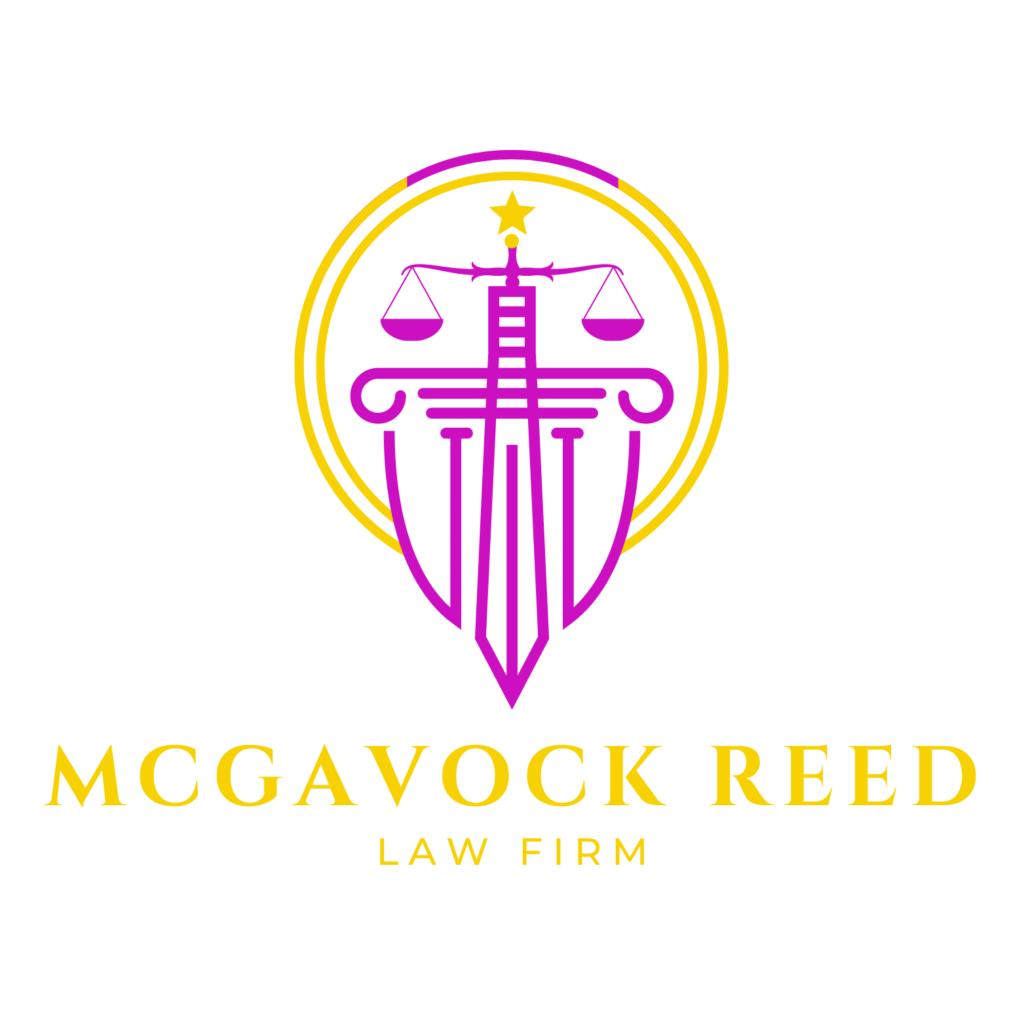When you hire a lawyer, you’re entrusting them with crucial matters of your life. Whether it’s a legal dispute, a contract, or a personal injury case, you expect your attorney to act ethically and competently. But what happens if you feel your attorney has fallen short? This is where the Attorney Grievance Process comes into play. In this guide, we’ll take you through each step of this process, ensuring you understand your rights and options.
Understanding Attorney Grievances
Before diving into the process, let’s define what an Attorney Grievance is. Essentially, it’s a formal complaint filed against an attorney for alleged misconduct. This misconduct could range from unethical behavior to incompetence in handling a case.

Step 1: Identifying the Issue
The first step in the Attorney Grievance Process is identifying the problem. Perhaps your attorney failed to communicate with you effectively, missed deadlines, or mishandled funds. Whatever the issue, it’s essential to pinpoint exactly what went wrong.
Step 2: Gathering Evidence
Once you’ve identified the problem, gather all relevant evidence to support your claim. This could include emails, letters, contracts, or any other documentation related to your case. The more evidence you have, the stronger your case will be.
Step 3: Contacting the Grievance Committee
Next, you’ll need to contact the Grievance Committee in your jurisdiction. This committee is responsible for investigating complaints against attorneys. You can usually find their contact information on your state’s bar association website.
Step 4: Filing a Formal Complaint
After contacting the Grievance Committee, you’ll need to file a formal complaint. This typically involves filling out a form detailing the nature of your grievance and providing supporting documentation. Be sure to follow all instructions carefully to ensure your complaint is properly filed.
Step 5: Investigation
Once your complaint is filed, the Grievance Committee will conduct an investigation. This may involve interviewing you, the attorney in question, and any other relevant parties. They will also review the evidence you provided to determine if misconduct occurred.
Step 6: Resolution
After completing their investigation, the Grievance Committee will reach a resolution. If they find that misconduct occurred, they may take disciplinary action against the attorney. This could range from a reprimand to suspension or disbarment, depending on the severity of the misconduct.

Step 7: Appealing the Decision
If you’re dissatisfied with the Grievance Committee’s decision, you have the right to appeal. This typically involves filing an appeal with a higher court or review board within a specified timeframe. Be sure to consult with an experienced attorney to understand your options for appeal.
Conclusion
Navigating the Attorney Grievance Process can be challenging, but it’s essential for holding attorneys accountable for their actions. By following the steps outlined in this guide and seeking guidance from experienced legal professionals, you can ensure your voice is heard and justice is served. Remember, you have the right to expect competent and ethical representation from your attorney, and the Attorney Grievance Process is there to protect that right.

